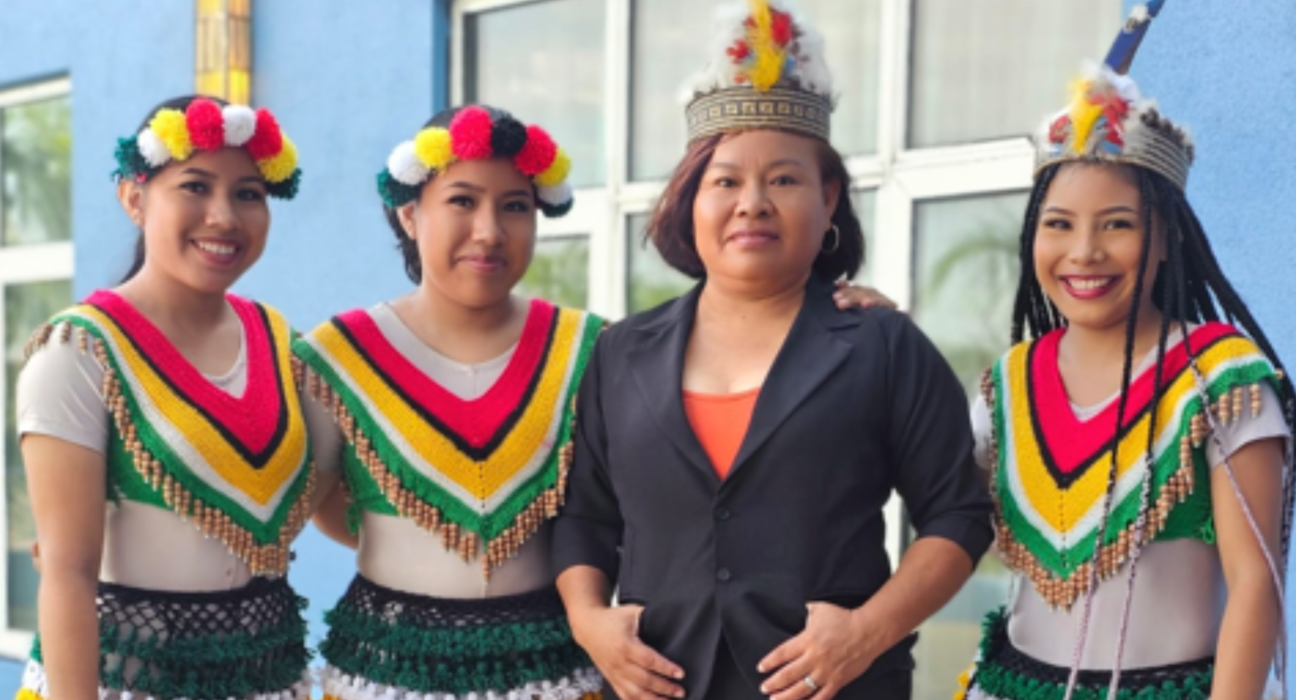As part of an ongoing initiative to celebrate Guyana’s first people, traditional dances of the Nine Indigenous Groups are being highlighted for their cultural significance.
These dances, such as the Matapee, Mari-Mari, Baboon, and Galeron, are integral to the festivities during heritage month and showcase the rich and diverse heritage of the Amerindian communities.
One of Guyana’s most prominent indigenous dance groups, “The Riverside Angels,” has been actively incorporating traditional elements into their performances.
The group carefully selects music that resonates with their cultural roots and infuses it with their unique style to bring these traditions to life.
Among their performances is the “Calabash Dance,” which holds a special cultural significance.
The dance incorporates the use of calabash as an instrument, a nod to the group’s traditional heritage and familial customs.
This dance not only serves as a cultural expression but also as a reminder of the group’s deep connections to their ancestral practices.
The Riverside Angels have received substantial support from the Ministry of Culture, Youth and Sport and the Ministry of Amerindian Affairs, which have been instrumental in enabling the group to promote and preserve their cultural traditions.
This support has provided the group with opportunities to perform and share their heritage with broader audiences, helping to keep these indigenous traditions vibrant and relevant.
Traditional dances among Guyana’s Indigenous peoples are often ceremonial, celebrating various significant life events such as harvests, marriages, and spiritual rituals.
The preservation and showcasing of these cultural expressions are vital in maintaining the diverse tapestry of Guyanese heritage, which includes contributions from all six ethnic groups in the country.
As these traditional dances continue to be celebrated, they serve not only as entertainment but also as an educational tool, reminding all Guyanese of the rich cultural history and traditions of the country’s first people.

